Trends in the Market for Business Intelligence Software
By Dan Vesset
Business Intelligence Software Defined
Business intelligence (BI) as a concept of management by quantitative data analysis has been gaining steady popularity. Managers from all levels of organizations often struggle to gain access to quantifiable data which empowers them to perform both strategic and tactical functions. Whether encumbered by latency in receiving reports, lack of relevant data or inability to analyze the data without deep information technology (IT) involvement, decision-makers are increasingly turning to BI software to solve these issues. From an IT perspective, BI software serves as the enabling technology in providing all knowledge-workers with timely access to relevant data for reporting and analysis.
IDC defines BI software as the combination of the following tools:
End-user query and reporting tools are designed specifically to support ad hoc data access and report- building by even the most novice users. This category does not include production-level report-building tools aimed at professional developers.
OLAP tools provide a multidimensional data management environment and are typically used for modeling business problems and analyzing business data. (OLAP is also known as multidimensional analysis.)
Data mining software uses technologies such as neural networks, rule induction and clustering to discover relationships in data and make predictions that are hidden, not apparent or too complex to be extracted using statistical techniques.
Packaged data mart/warehouse products are preconfigured software that combine data transformation, management and access in a single package, usually with business models included.
Executive information systems (EISs) are data access and analysis tools that employ the navigation and analysis features of drill down, trending and exception reporting. These systems provide an intuitive, visual environment for understanding business trends and identifying problems and opportunities.
These software tools compose the build market for analytics as they are used by organizations to build a wide spectrum of analytic applications. These software tools are differentiated from analytic applications, which are prepackaged, domain-specific applications built on an underlying platform of BI tools. (See Henry Morris' article in the April 2001 DM Review Analytic Applications supplement and the IDC Report on Analytic Applications.)
Although often associated with data warehousing, BI software tools don't necessarily need to be deployed in this context. For example, reporting based on operational databases not data warehouses is probably the most common use of BI software. In the past, the typical reporting system extracted data from operational databases, and then printed information on reams of paper which were manually distributed throughout the organization. Today's query and reporting software provides organizations with Web-based information retrieval and delivery systems that significantly reduce the time and cost involved in reporting and analysis while assuring wider information availability.
Market Performance
The market for BI software tools has experienced rapid growth over the past several years. In 2000, despite the general lackluster year for the economy, the BI software market grew by 22 percent to $3.6 billion. IDC forecasts this market to grow to $11.8 billion by 2005 for a compound annual growth rate (CAGR) of 27 percent. (See "Information Access Tools Market Forecast and Analysis: 2001-2005," IDC#24779, June 2001.) This software market is dominated by end-user query and reporting and OLAP tools which account for 65 percent of the overall market. As software users moved to unlock their data assets from enterprise resource planning (ERP), customer relationship management (CRM), supply chain management (SCM) and legacy systems, the demand for BI software has increased. Such demand is expected to continue as organizations increasingly move from relying on software just to process transactions to using it to understand their enterprise data and thus be able to make better and faster decisions.
In addition, increased demand for analytic applications has and will continue to spur demand for underlying business intelligence tools tools which are found in applications ranging from fairly straightforward operational reporting applications to complex forecasting and customer segmentation applications based on data mining and multidimensional analysis tools.
Trends Expanding User Base
Most BI software implementations today focus on internal projects which provide executives, managers and analysts access to business intelligence tools. However, expect BI software to reach a wider audience within the organization. The Web has provided a platform to expand the user base for BI software. Analysis and reporting are no longer restricted to the aforementioned groups within organizations. Any employee can, and should, benefit from BI software. For example:
-
Sales personnel can gain access to and analyze vital CRM data using BI software at both their office computers and on their mobile devices. Already several BI software vendors have made their products available on hand-held devices as well as voice portals.
-
All employees can gain access to human resources (HR) data using BI software. Organizations are increasingly providing self-service HR reporting to employees who can query intranets for anything from 401(k) portfolio performance to benefits information.
-
Call center representatives can gain access to customers' historical transaction data using BI software one of the keys to personalized CRM.
While the trend of expanding the internal user base continues, another related trend is emerging. BI software is also reaching a wider audience outside the organization. Organizations are already providing their suppliers, customers, shareholders and other stakeholders with access to data through BI extranets. For example:
-
Companies are giving suppliers access to their own performance data to better manage supplier relationships. By using BI extranets, suppliers are gaining access to such metrics as on-time delivery, delivery accuracy and product quality. By gaining access to such vital metrics, suppliers are able to correct their own shortcomings and thus improve the overall supply chain performance before corrective action is taken by the client company.
-
Clients are gaining access to shipping and inventory information and are thus able to satisfy some of their own customer service needs.
-
For public sector organizations, BI extranets have provided a tool for information dissemination that keeps legislators and taxpayers informed. For example, many state education departments have begun providing student performance statistics to external communities.
These trends have been made possible in large part by BI software vendors who have Web-enabled their products. In a survey conducted in 2000, IDC found that more than 45 percent of respondents who said they had implemented BI software indicated they are providing browser access to this software (see Figure 1). This trend is expected to continue as organizations implement new or upgrade their existing BI software.

Figure 1: Respondents Providing Browser Access to BI Software Functionality
Functionality
As a consequence of Web-enabling their products and thus opening the opportunity to implement BI software to the enterprise-wide user base BI software vendors have had to improve the scalability of their products. As these products have matured, other technical characteristics, such as security features, have also improved.
Other feature improvements include a focus on incorporating data mining algorithms in BI software suites and analytic applications. In general, the data mining market is growing faster than the BI software market as a whole.
Data visualization is another feature gaining momentum. Expect to see more advanced data visualization incorporated with existing BI software. As users face larger and more complex data stores, visualization features have the potential to enhance the user experience as they conduct their exploratory analysis. As they perform exploratory analysis, users are looking for monitoring and alerting functionality which allows for analysis by exception. Again, data visualization and alerts through multiple end-user devices will play an important role in supporting this functionality.
Expect BI functionality to improve as best-of-breed BI vendors try to stay ahead of database vendors that have begun to incorporate BI in the database. Oracle, IBM, Microsoft and NCR are already incorporating OLAP and data mining functionality in their databases. For the past decade, suppliers that specialized in BI, not the database vendors, have dominated the BI marketplace. The new BI emphasis by database companies poses a threat to independent BI vendors, but not likely a fatal one. One of the reasons for this is the BI marketplace structure which consists of several related, although separate, software markets. In particular, the large, growing end-user query/reporting market is not threatened. Although database vendors address data mining and OLAP, resilient BI vendors should be able to adapt to exploit these features while retaining a position of value above the database layer. However, the BI vendors that do not adapt will be hurt. The BI vendors' strategy to bundle or embed their technology in or with packaged analytic applications and development environments also deflects the threat posed by database vendors. Such co-development alliances are not easily untangled, even in light of new BI technology from the database vendors.
Portals
Leading BI vendors are providing their own BI portals which usually provide reporting, OLAP and data mining through a unified Web-based interface. These portals should not be viewed, however, as enterprise information portals (EIPs). Vendors such as Computer Associates, Oracle, IBM, Microsoft and Plumtree provide EIPs that go beyond BI and incorporate other unstructured data such as e-mail, news feeds and other multimedia content. Often these software tools also provide collaborative functionality. While this market for broader EIPs is emerging, none of the leading best-of-breed BI vendors currently seek to attain a place in this market. They do, however, provide connectors to the most popular EIPs with the realization that BI is one of the key components in overall enterprise information management.
These trends in the market point to a continued adoption of BI concepts and the associated growth in BI software tools. There are signs that BI is taking on an increasingly strategic role as organizations continue to be inundated with increasingly large data volumes. Operating on "gut-feel" will become unacceptable as organizations look to their software investments to move beyond transaction processing and into analysis.

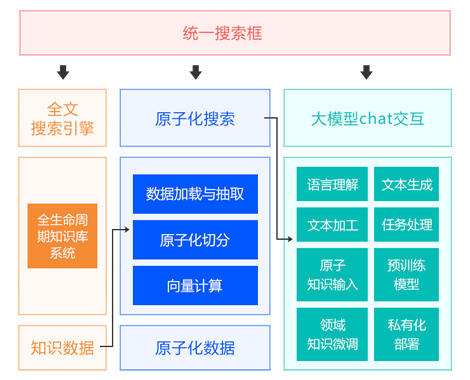
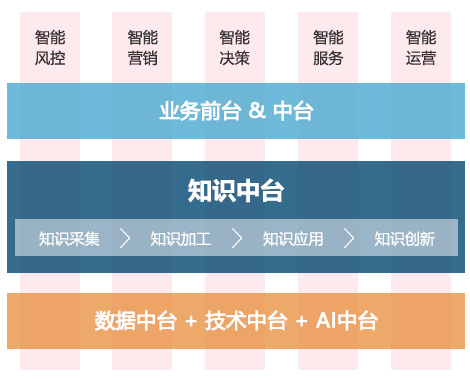
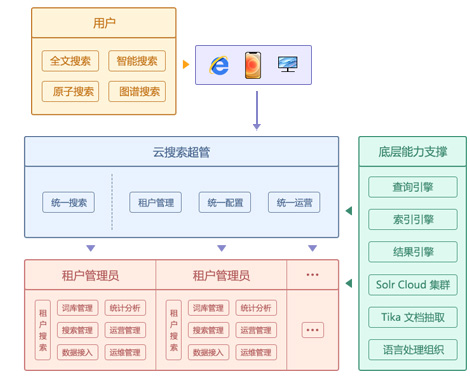
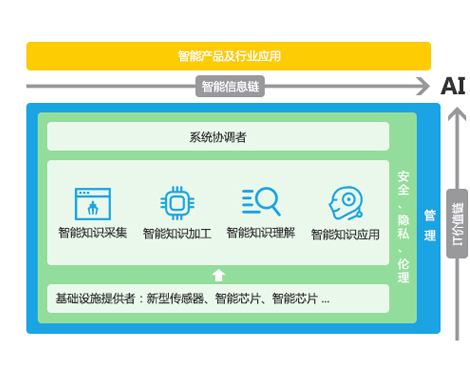
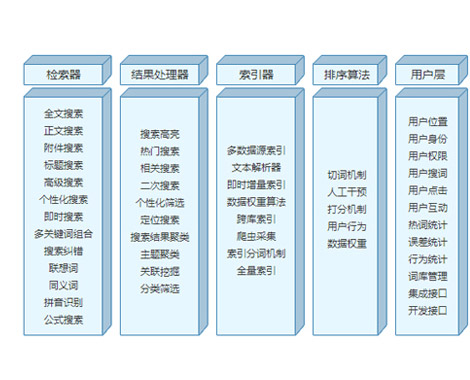
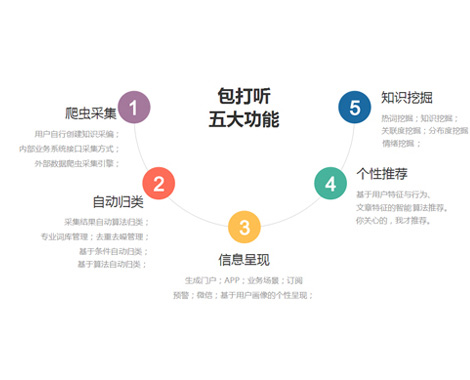
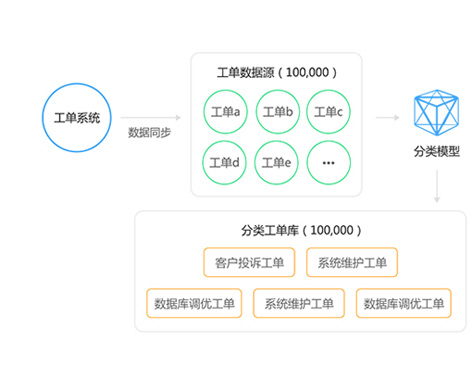
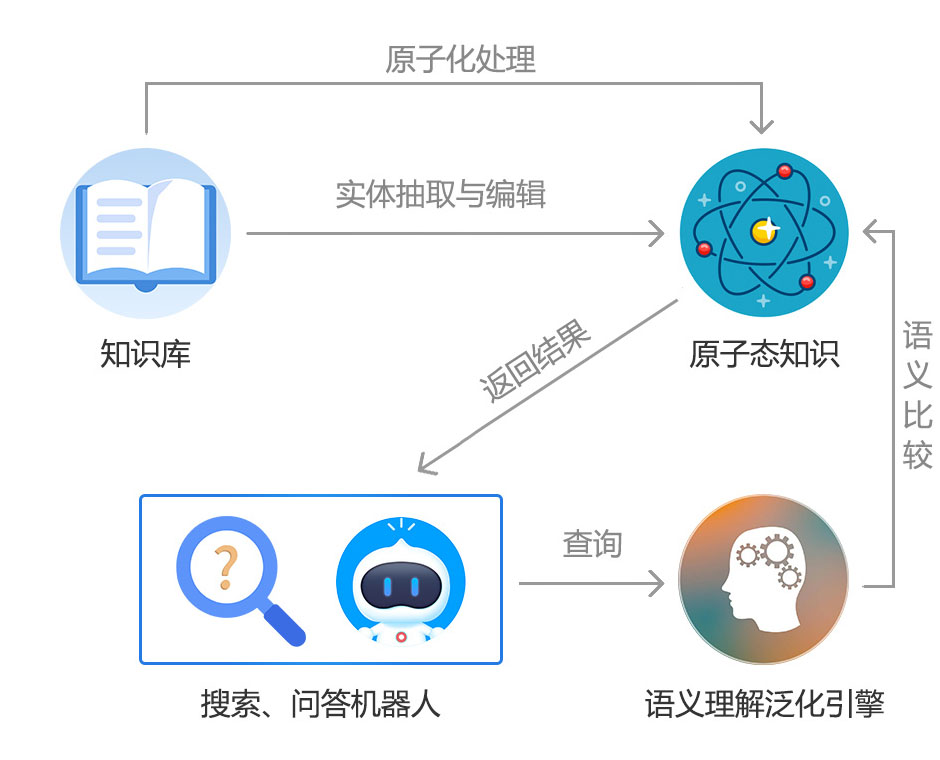
 2017-03-31 09:28
2017-03-31 09:28